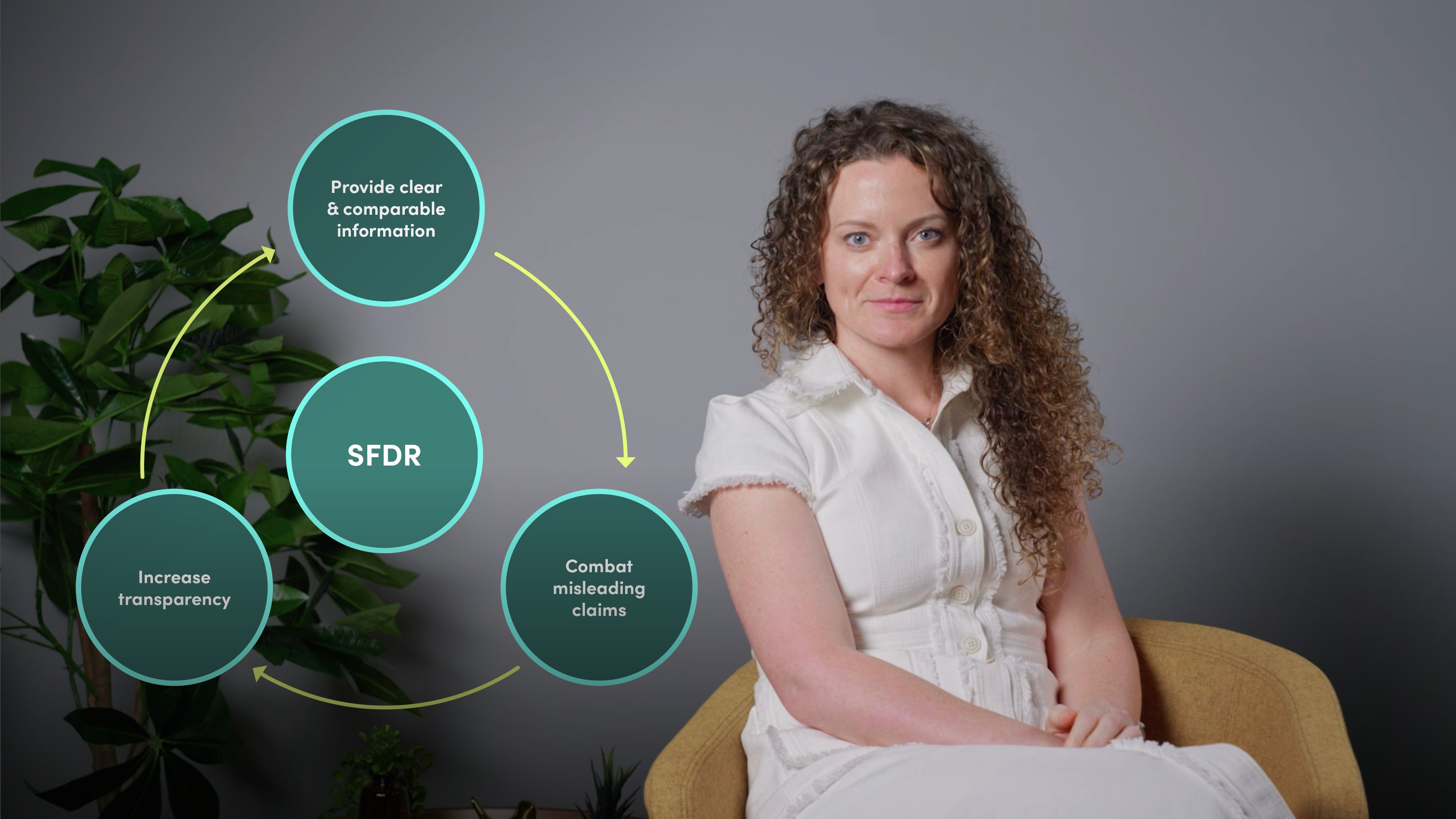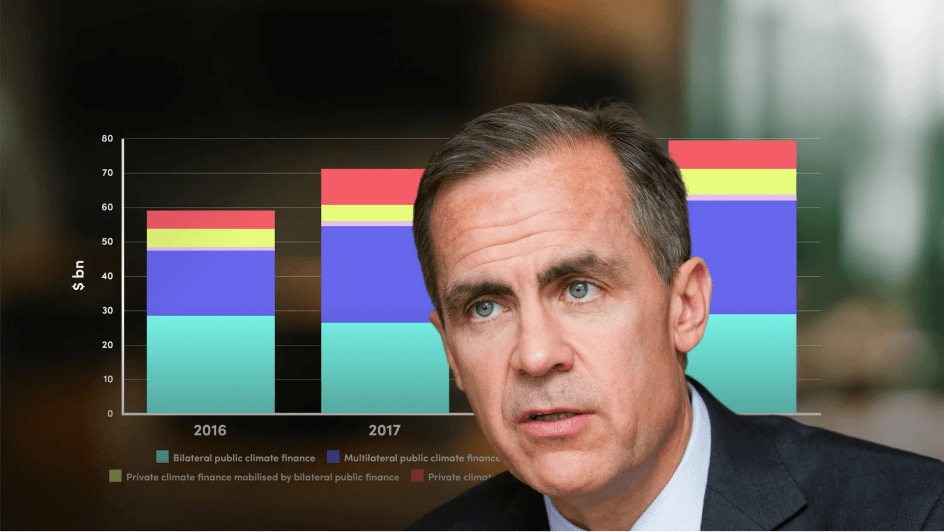What is the purpose of the Sustainable Finance Disclosure Regulation (SFDR)?
The SFDR aims to increase transparency, redirect capital towards a more sustainable economy, and combat greenwashing by establishing standardized sustainability disclosure requirements for financial institutions and their products.
To whom does SFDR apply?
SFDR applies to financial market participants, including banks, insurance companies, pension funds, investment firms, asset managers, financial advisers, and a wide range of financial products like UCITS funds, alternative investment funds, and insurance-based investment products.
What are Article 8 and Article 9 funds under SFDR?
Article 8 funds promote environmental and/or social characteristics, while Article 9 funds have sustainable investment as their objective. These articles have been misunderstood as "badges" of sustainability, leading to subjectivity and interpretation issues.
What are the main challenges faced by SFDR implementation?
Challenges include the interpretation of sustainability requirements, extraterritorial implications for non-EU firms, and issues with data availability and quality. These challenges have resulted in a lack of comparability and consistency, as well as potential greenwashing.
What changes are being proposed for SFDR?
Proposed changes include overhauling the classification of sustainable products, improving data quality, refining definitions of "sustainable investment," making disclosures more manageable, and addressing challenges faced by smaller firms, including potential exemptions.
What is the future outlook for SFDR?
The future of SFDR involves ongoing consultations and proposed changes by the European Commission and European Supervisory Authorities (ESAs) to make the regulation more effective and manageable. The timeline for these changes remains uncertain, with gradual implementation expected.

























